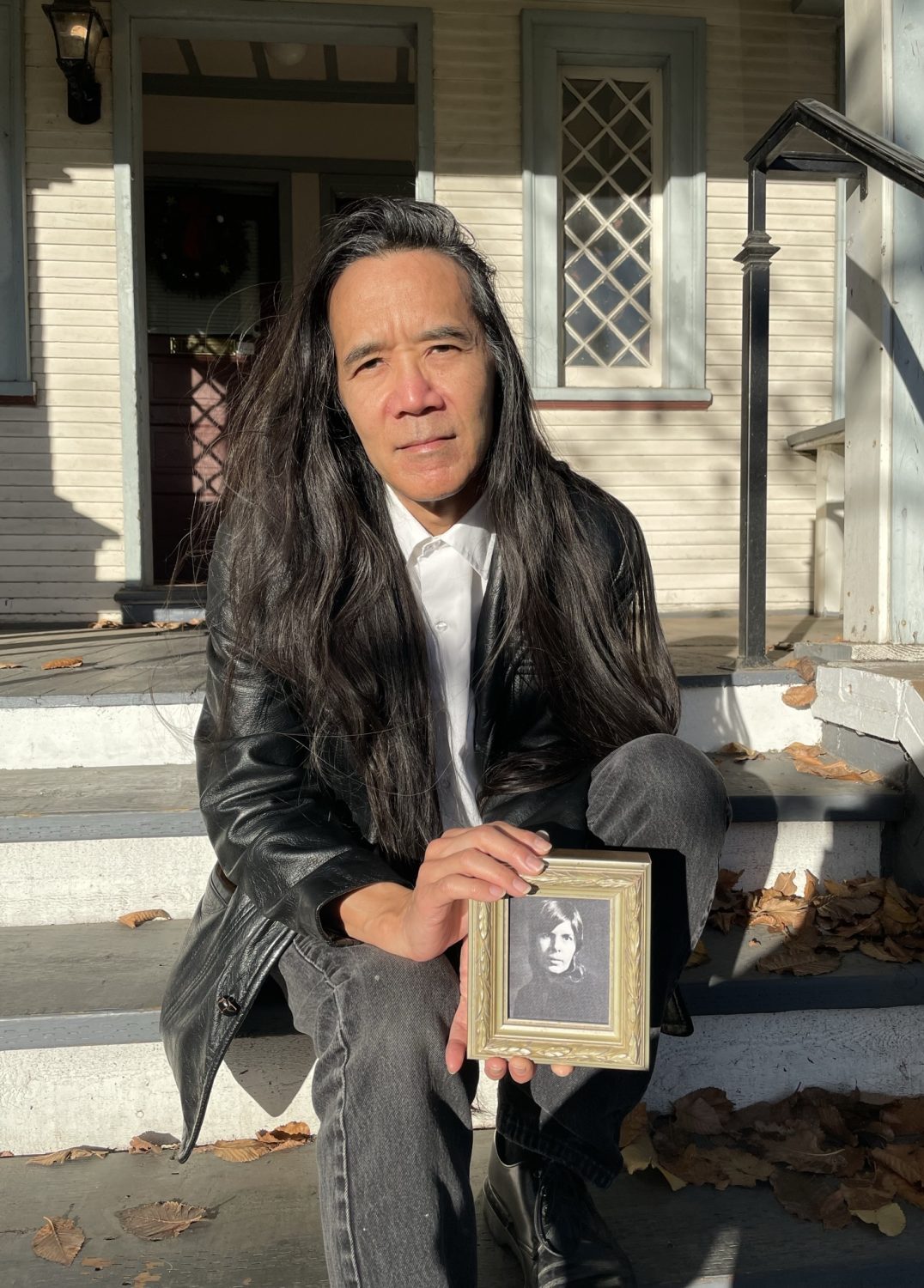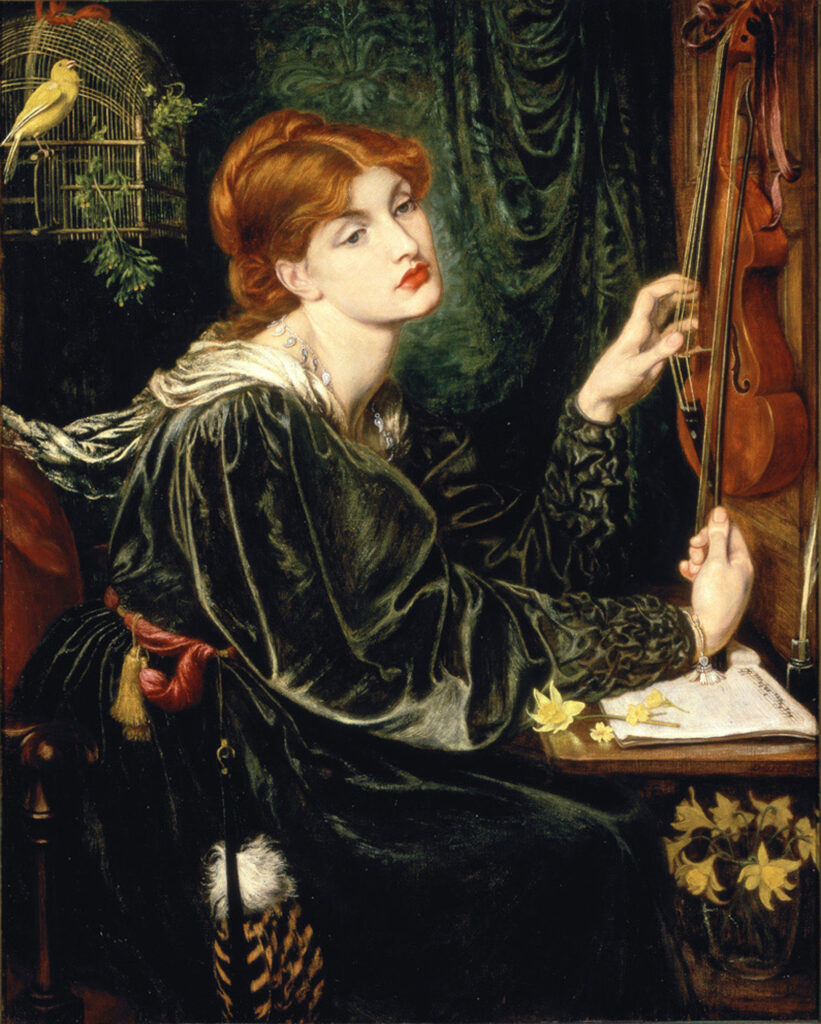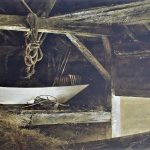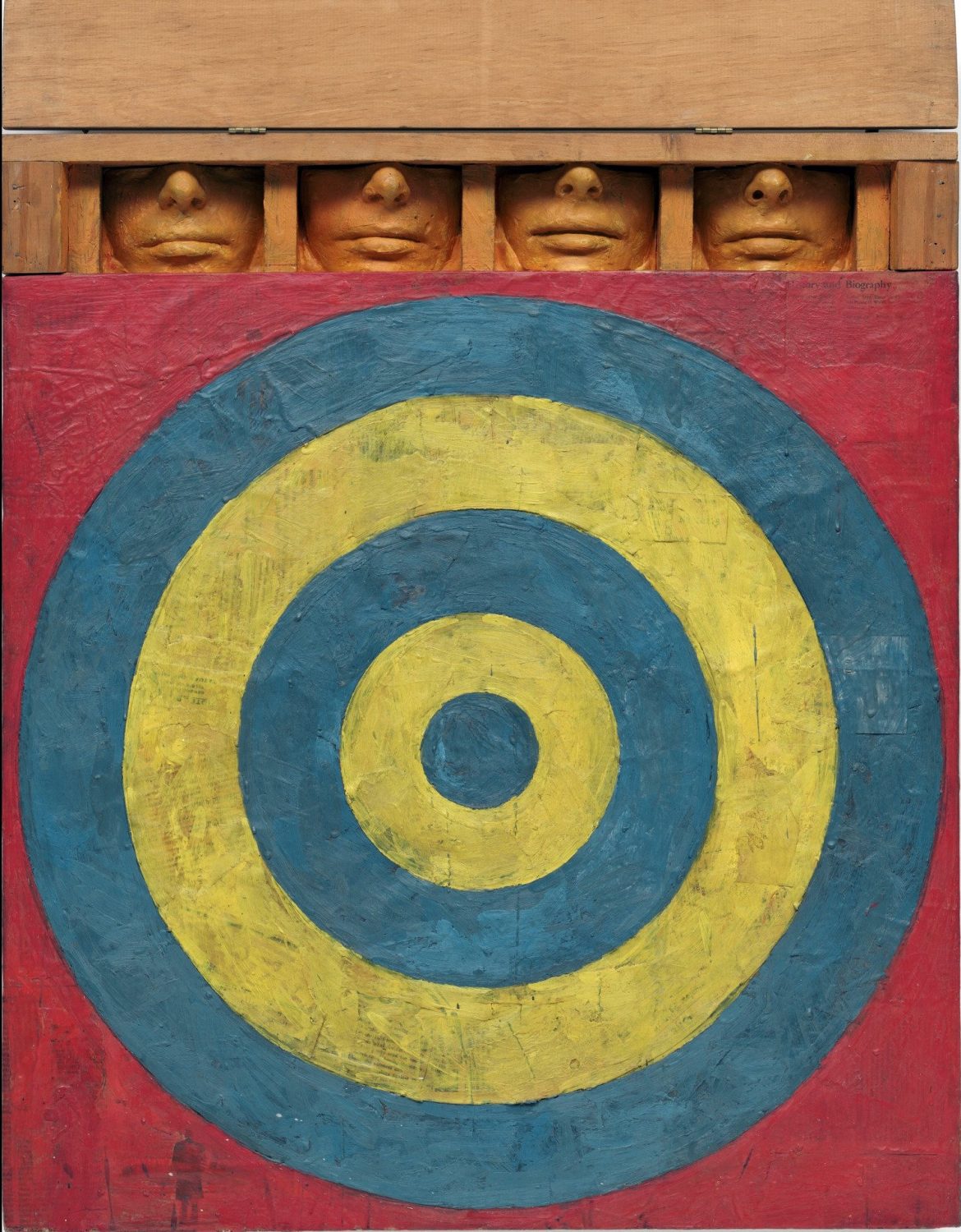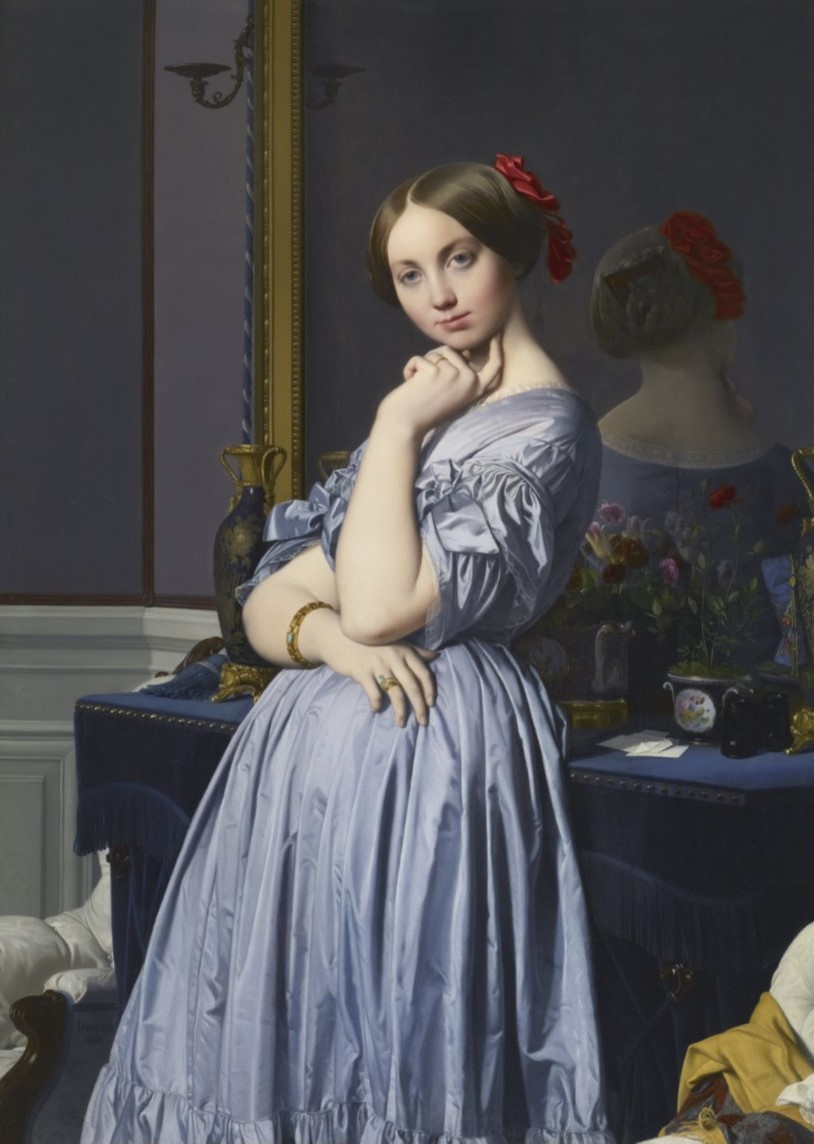I. I first met Laureen Landau on a spring morning in 1996 at the newly-opened Thomas A. Oldham Gallery. Sunlight streamed through the east windows of the office, and she appeared with her slides, hoping to secure representation. I just happened to be there; many of the gallery artists would often hang out – it was that kind of place. We would develop a real camaraderie.
Looking over director D. Oldham’s shoulder at the slides, I felt a sense of recognition. I recalled a large still life of mushrooms at the State Fair Fine Art competition the previous summer; it was the undisputed highlight of the show, an engaging and beautiful painting. I mentioned this to Laureen, and she confirmed it was her piece. As D. engaged herself in other gallery business, Laureen and I talked. She had come in because she had seen my drawing of a woman cradling a skull in her arms, which was reproduced in a review of the gallery’s inaugural show. She believed a gallery which would show such a piece might also appreciate her work.
She was asked to join the gallery, and the relationship we subsequently forged was profoundly important to me. We didn’t see each other often but shared similar artistic sensibilities. I cannot overstate how rare and precious this is. We would always talk shop: about our work, about work we regarded highly, and about work we didn’t – pieces which would, as she put it, “just drag down the whole show.” She wasn’t afraid to voice an opinion.
II. In 1997 I had the opportunity to exhibit with Laureen in a two-person show at the Sutter Club, an over-century-old institution in Sacramento. Ours was the first in a series of shows hosted by the private men’s club, which we joked was “now welcoming women and minorities.” The show consisted of figurative works on paper: her paintings and my drawings. It was an honor to show alongside her; I was, and still am proud that my work held its own under those circumstances. Pairing artists for an exhibition can be a delicate endeavor; ideally, the work of each artist should somehow comment on that of the other. The work shouldn’t look similar, but should have some common touchstone which serves as a link between the two. In certain ways, Laureen was an old-fashioned artist, as am I. So be it. Our work is very concerned with the formal, aesthetic aspects of drawing and painting. We also share a sense of foreboding, a haunting quality in much of our work. It was extremely gratifying to find our pieces companionable. I wish we had had the occasion to show together again.
III. The last time we saw each other was September 12, 2008 at the reception for what was destined to be her final exhibition. We spoke of many things: of home, of fireplace pokers, of airsickness, and, as was our wont, of art. That evening we talked at length about our mutual admiration for the work of Ross Bleckner, the contemporary New York painter. I miss those discussions, and the dialogue we shared. She both imparted and received information graciously; her knowledge never prevented her from accepting the ideas and opinions of one many years her junior. We conversed as artists, as peers, and as friends. I once asked Laureen why her landscapes and figurative work tended to be small, while her still lifes were almost always large. She responded “it just seems that’s the way it should be.” Her paintings possess the look of inevitability to which that statement alludes. They are deeply ordered, without even a suggestion of fussiness. They could be no other way. Both her generosity and her talent were immense.
IV. Several months later I found out she was very sick. Shortly thereafter, a phone call came with news of her passing; there would be no funeral. I didn’t cry until weeks later, in her studio, surrounded by her work and the tools of our labor. Near her easel hung a bulletin board, in the middle of which was tacked a page from a magazine published years before we met. Unknowingly, I had watched over her while she plied her trade; the clipping was a photograph of me, in a white tuxedo shirt, standing with two of my paintings.
